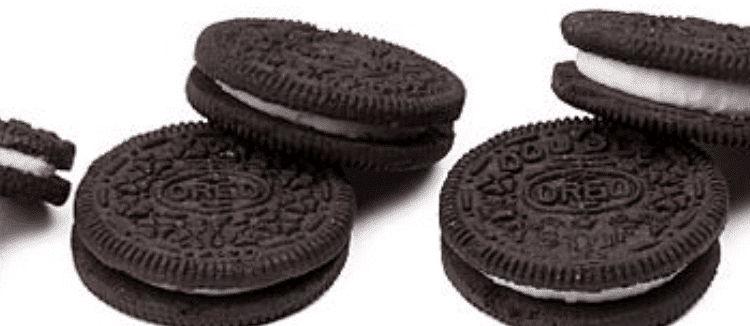For decades, Oreo has been a staple snack, loved for its perfect ratio of crunchy chocolate cookies and creamy filling. However, keen-eyed fans have noticed a shift: the standard Oreo doesn’t seem as generous with its filling as it once was. What used to be an indulgent amount of stuffing extending to the edges has now seemingly shrunk, while the “Double Stuf” Oreo appears to take its place. Could it be a clever marketing ploy or just a subtle change over time? Either way it’s a serious matter, a modern day Cookie Caper
The visual difference is striking. Years ago, the original Oreo boasted a filling that spread generously across the entire cookie, providing a balanced bite every time. Today, when comparing older versions to the modern standard Oreo, many consumers feel like they’re getting less. Meanwhile, Double Stuf Oreos have taken up the mantle of what many remember as the “classic” ratio. This gradual shift raises questions: has the size reduction been intentional, and does it play into consumer perception?
Food companies often adjust product sizes subtly over time, a tactic referred to as “shrinkflation.” Instead of raising prices outright, manufacturers make slight reductions in quantity while keeping packaging and branding consistent. If Oreo followed this strategy, it would mean consumers are paying the same price—or more—for fewer ingredients. This can create frustration, particularly among longtime fans who notice the difference and feel misled by the new sizing of their beloved snack.
Marketing also plays a significant role here. By making the standard Oreo smaller, it gives the impression that the Double Stuf version provides extra value, even if it’s simply meeting the expectations people originally had for the classic version. This creates a psychological effect—consumers believe they’re getting an upgrade when they purchase Double Stuf, when in reality, it might just be compensating for a quiet reduction in standard sizing.
Public reaction to these changes has been mixed. Some Oreo lovers have accepted the shift without much thought, while others take to social media to voice their disappointment over the perceived downgrade. Nostalgia plays a strong role in how people experience products over time, and when companies alter beloved formulas or sizes, it doesn’t go unnoticed. Whether it’s frustration or indifference, one thing is certain: people pay attention to their favorite foods more than companies might expect.
So, is Oreo guilty of misleading its consumers, or are these adjustments simply part of the natural evolution of packaged goods? At the end of the day, brands constantly tweak their products to adapt to market demands, cost concerns, and competitive positioning. But for devoted Oreo enthusiasts, the smaller size of the standard cookie feels like a quiet betrayal—a reminder that even the simplest of pleasures can change right under our noses.
Contributor John S






